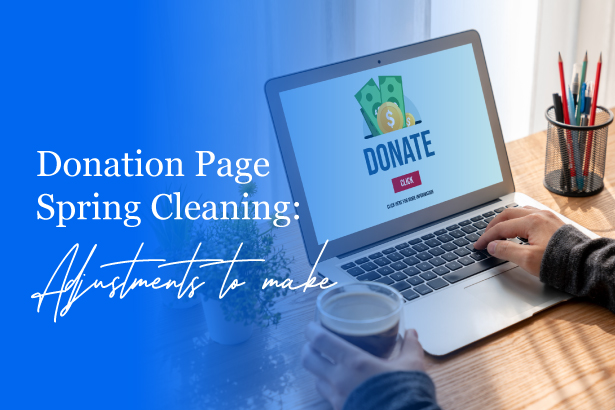
It can take several emails, social media campaigns, and text messages to drive supporters to your donation page. So once they’re there, the giving process should be as simple and easy as possible.
However, not all donation pages are created equal. Some nonprofits set up boilerplate donation forms with minimal branding, while others design user-friendly experiences that inspire donors to up their contributions. By following the latter approach, you can drive more donations and set your nonprofit up for long-term financial success — if you manage your cash.
To help you spruce up your donation page this spring season, we’ll explore six strategies for creating a giving experience that drives growth.
1. Add suggested giving amounts.
When new supporters reach your donation page, they know they want to make an impact, but they might not be sure how much they need to give to do so. With suggested giving amounts, you can provide guidance and potentially push them toward making larger gifts.
To set your suggested giving amounts, Double the Donation’s donation levels guide recommends calculating your average donation amount. Follow these steps to find your average gift size and use it in your suggested giving levels:
- Exclude outlying donations. When calculating your average donation amount, exclude major, planned, and other gifts supporters are unlikely to make through a donation form.
- Divide donations into recurring and one-time. Calculate separate giving averages for recurring and one-time donations. Then, create different suggested giving amounts for each type of donation.
- Choose suggested giving levels. You might default to making your average donation amount a middle suggested giving level. While this approach can help maintain current levels of support, you can encourage larger donations by making your average the lowest suggestion. For example, if your average is $50, suggest gifts of $50, $75, and $100.
For various giving levels, you might also emphasize supporters’ impact by adding a brief description of how each gift helps your nonprofit. For instance, look at how these suggested giving levels pair each donation with a concrete example of impact:
Alt text: A range of donation amounts for the hypothetical nonprofit Cat Rescue Club
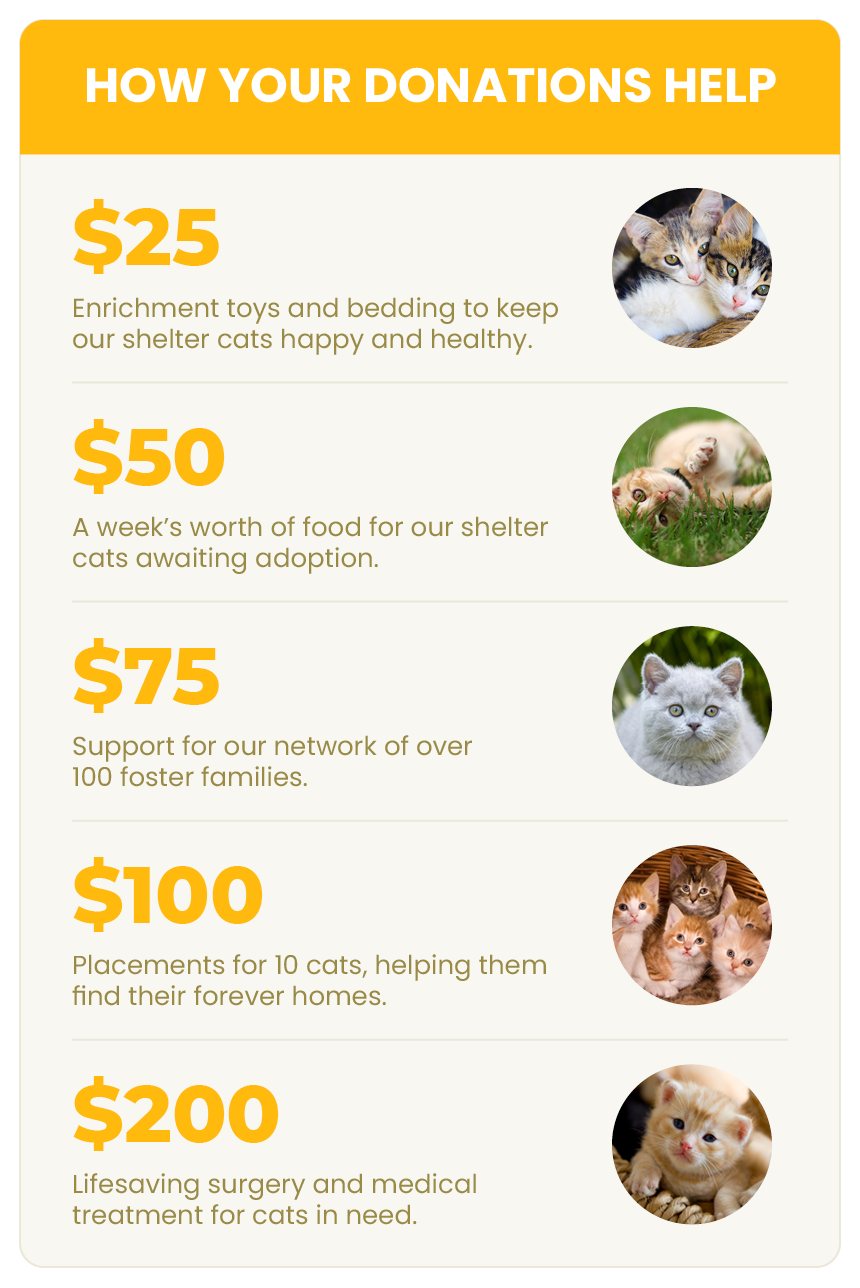
2. Make recurring giving easy.
Recurring gifts add up over time, providing your nonprofit with a reliable stream of revenue every month. While supporters can become recurring donors at any point, your donation page is one of the easiest points in their donor journey to make the upgrade.
Encourage recurring donations by:
- Making enrollment simple. Making a recurring gift should be as simple as clicking a checkbox or pressing a suggested giving amount button.
- Contrasting one-time and recurring giving amounts. By placing these suggested giving amounts alongside one another, donors will see the comparatively lower recurring donation options and may see them as a better deal, prompting them to make a recurring gift.
- Adding a post-donation request. After a supporter submits a one-time donation, your confirmation screen is an opportunity to make one last appeal to consider upgrading to a recurring gift. Add an easy checkbox option that lets donors know it’s not too late to join your recurring giving program.
Continue making the recurring gift process accessible and user-friendly by providing supporters with donation self-service tools. These should enable them to adjust their payment information, update personal information, and change their donation amount.
3. Accept multiple types of gifts.
Some donors may be interested in supporting your cause in ways outside of cash donations. For instance, many high-capacity donors want to donate stock, crypto, and donor-advised fund (DAF) grants because of the tax benefits. After all, while the average cash donation is $128, gifts of assets are usually much bigger. Take note of these average gift sizes:
- Stock donation: $8,000
- Crypto donation: $10,000
- DAF contribution: $12,000
- Endowment gift: $25,000+
Of course, most donation pages are not set up to handle these gifts. You can make the giving process easier for donors by investing in new donation page software designed for non-cash gifts.
For instance, Infinite Giving’s guide on how to accept stock donations shows what one of these donation pages might look like:
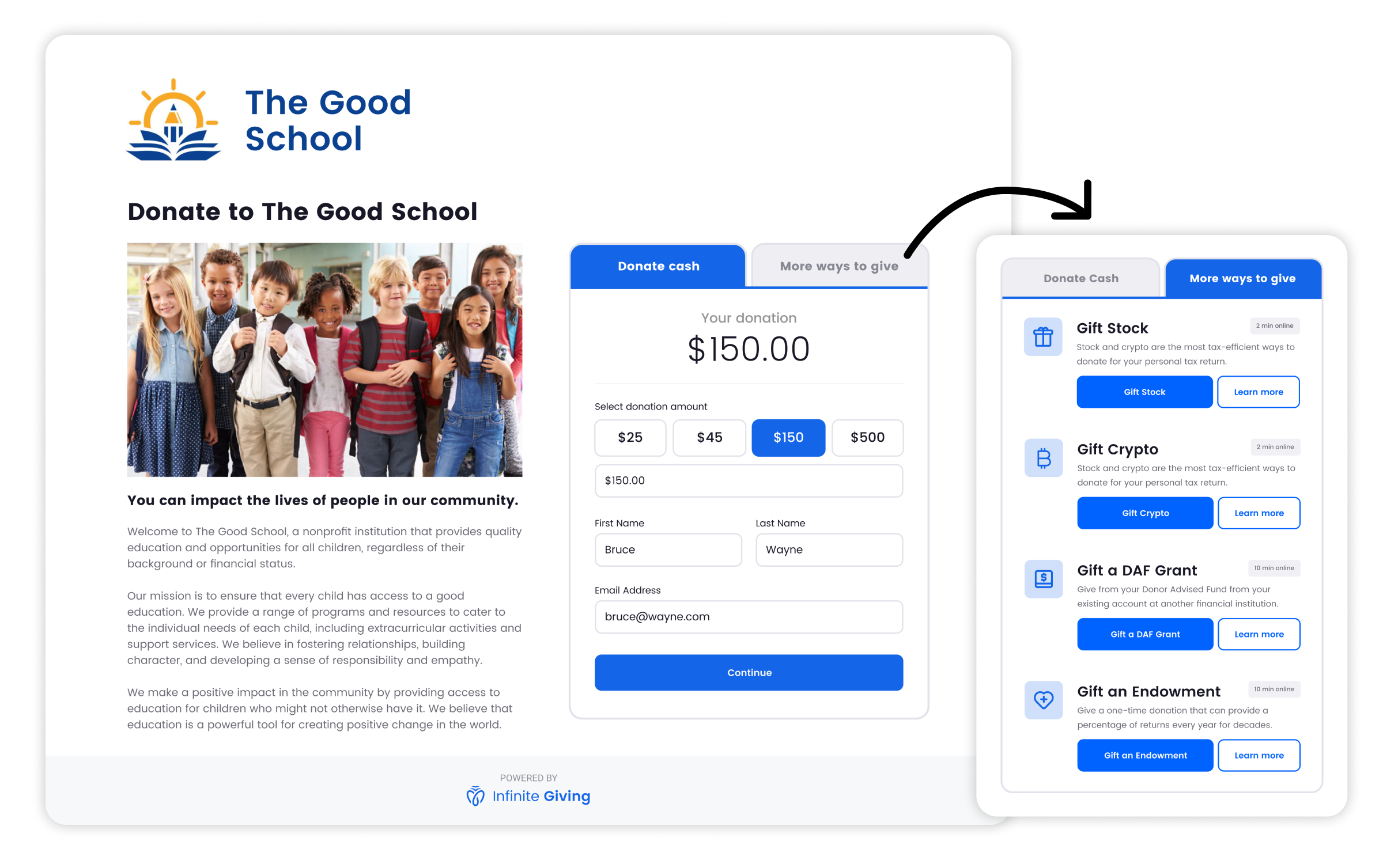
With these tools, interested donors can simply select how they want to give and follow a streamlined process directly on your donation page. The best platforms will simplify gift acceptance even further by automatically converting crypto and stock gifts to cash for your nonprofit.
4. Remove clutter.
So far, we’ve discussed a number of things nonprofits should add to their donation pages. However, take care that when adding these new features, your page doesn’t end up cluttered and confusing.
Your donation page should keep supporters’ attention focused on one goal: completing a donation. As such, remove unnecessary elements like:
- Distracting images and graphics. While one impactful image can remind donors why they’re giving and inspire more gifts, too many can distract supporters, especially if they’re accessing your donation page from a mobile device with limited screen space.
- Extra entry fields. Avoid asking supporters for too much information upfront. Too many form fields may make supporters abandon your donation form before completing their gift, so stick to only asking for necessary details like their name, contact information, and payment information.
- Pop-ups. If your nonprofit’s website uses pop-ups to direct visitors’ attention to specific pages, disable them for your donation page and any other pages where a conversion might be made, like your volunteer registration form or merchandise store.
Additionally, consider how you can improve the user experience to encourage more donations. For example, you might use color strategically to draw supporters’ eyes toward the start of your donation form and the submit button. Or consider using your own branding to make your donation page unique to your organization.
5. Promote matching gifts.
One in three donors claim they’re more likely to give a larger gift if they know it will be matched. This means nonprofits can earn more valuable donations by promoting matching gifts.
Corporate matching gifts are donations businesses make to nonprofits when their employees give, typically at a 1:1 ratio. This means if an eligible donor gives $100, their employer will chip in another $100. However, some businesses have better giving ratios of 2:1 or even 3:1.
Unfortunately, many donors fail to submit matching gift requests because they are not aware of these programs. You can educate donors about corporate giving initiatives and help them discover their matching gift eligibility with a matching gift database.
This software provides nonprofits with a search tool they can embed on their donation form. Donors can then use it to quickly look up their employer and see if they qualify for any corporate giving programs, like matching gifts, volunteer grants, or volunteer time off.
6. Ensure mobile friendliness.
In 2024, 52% of nonprofit website traffic came from mobile devices. This means that if your nonprofit’s website isn’t already mobile-friendly, getting it there should be your first priority.
You can improve your donation page’s mobile friendliness by:
- Including large buttons mobile users can easily tap
- Adding multiple choice options over short-answer entry fields where possible
- Limiting unnecessary visual elements
Additionally, a mobile-friendly donation page makes your other fundraising strategies easier. For instance, you can explore text-to-give platforms or start adding QR codes that link to your donation form in your direct mail fundraising appeals.
Your website brings in leads, educates new supporters about your cause, and enables a smooth donor journey thanks to your optimized donation page. As we head into the spring fundraising season, take inventory of your donation page strategy to remove the clutter, try new page elements, and set your organization up to maximize donations.
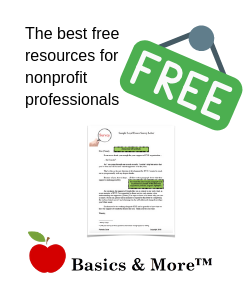
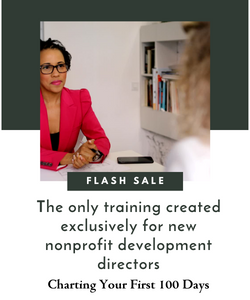
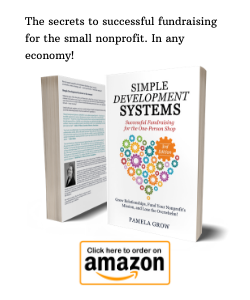
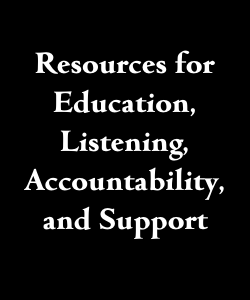
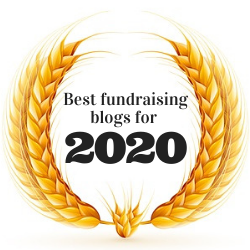


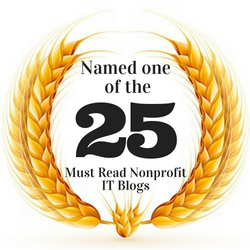

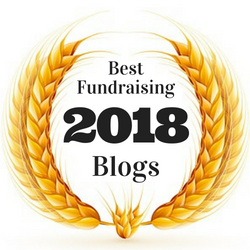
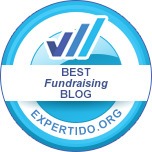

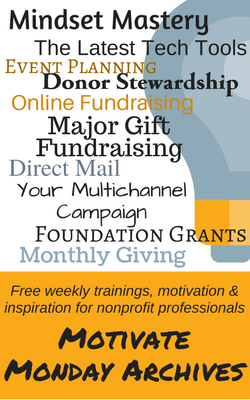

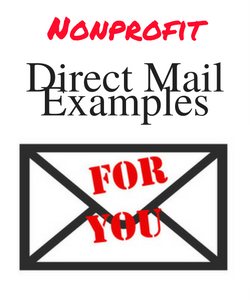
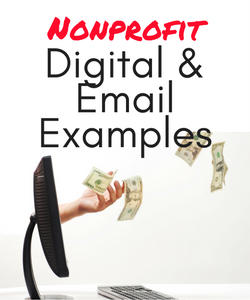

 I can’t wait to meet with you personally.
I can’t wait to meet with you personally.
Comments on this entry are closed.